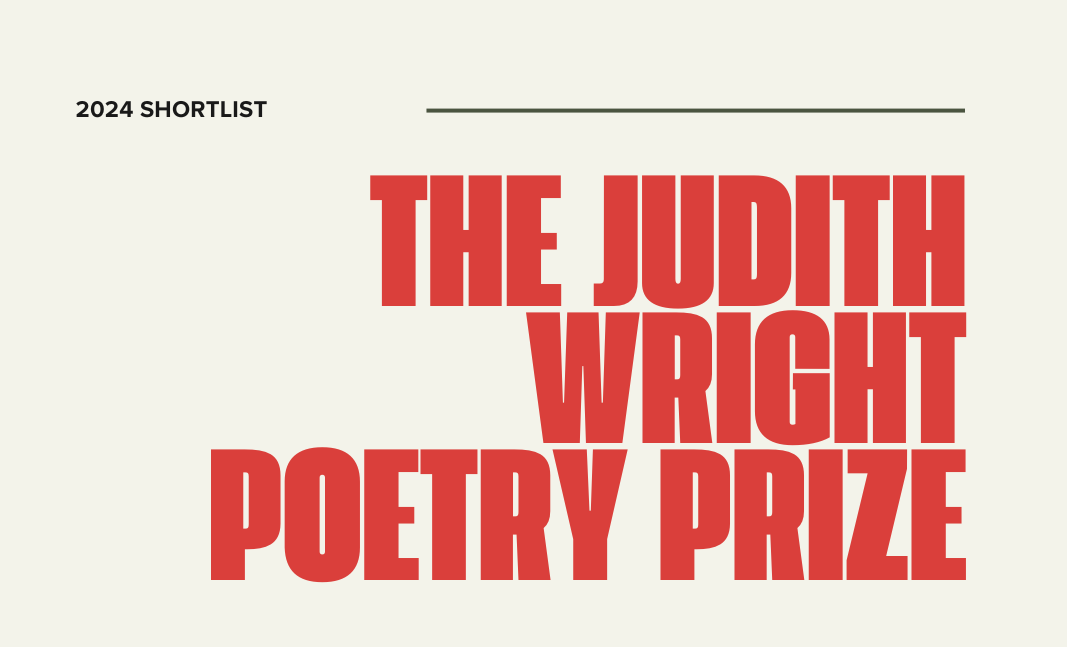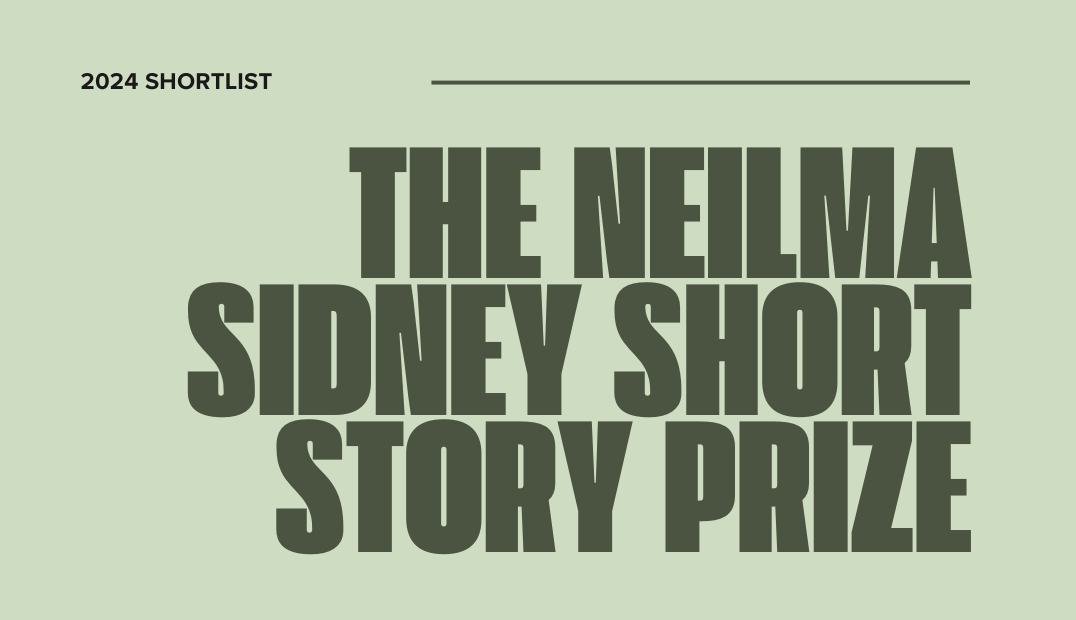Some time ago, I made a mental note to write a piece about the election in Denmark – the one where the country had lurched to the left, repudiating the nativist Danish People’s Party, returning to the social democrats and socialists, and going beyond them to boost a new red-green alliance, and creating a four-party left grouping. I’ve left that damn article – about the 2011 election – so long, that another election has now occurred, returning the right to power. It has especially boosted the Danish People’s Party back to prominence. In 2011, their reversal had been slight – from 13 per cent to 12 per cent – but an encouraging sign that their day may have been over. But in June they roared back with 21 per cent, a huge gain that had people talking of another ‘shift to the right’ in Europe.
By now it should be obvious that such a one-dimensional slide rule doesn’t work. In fact, the broad right-left split remained where it always had been – hovering 1 per cent either side of 50 per cent and changing hands – but within the alliances, things had become more complicated.
What really happened to boost the Danish People’s Party – which is anti-immigrant, anti-EU but retains support for a whole raft of social democratic policies – was a fall in support of two parties: the centre-right major party Venstre, which lost 7 per cent of its vote, down from 26 per cent to 19 per cent, and the Socialist People’s Party, suffering its second successive fall, from 9 per cent to 4 per cent. Some of the SPP’s vote went leftward, but a chunk of it tunnelled through in a now familiar way, as a section of the once-internationalist and humanist working class left vote went to a nationalist and nativist party, where they joined up with a middle-class right wing choosing nationalist politics over economic policy.
To help attract the latter, the DPP has moved a little to the centre on such matters – but largely in terms of a ‘lifters versus leaners’ discourse.
The complex shift reminds us of something significant about northern European politics: that there, social democratic politics is nationalist politics. Such social democracy developed as a national project – ‘the people’s home’ as the Swedes put it – in the wake of failed attempts to replicate the 1917 revolution at home. The Swedes concluded that democratic socialism could only be achieved by calling on nationalist sentiment, to achieve a hegemony which would make institutional restructuring irreversible.
Until the 1960s, the question about immigration and national composition was irrelevant – there was little immigration, certainly not from far afield. As social democratic parties developed more multicultural policies in response to growing immigration, they managed to take many of their voters with them. That ceased in the 90s. The current DPP and other such groups are the decomposition of the socialist-nationalist ideal. They express explicitly and often with hostility and malice, what earlier social democratic parties held implicitly and simply as a question of embedded culture.
That’s also the case in Finland, where the Finns Party (formerly the True Finns), repeated earlier successes in elections this year, winning 18 per cent of the vote, and forming part of the new government. Their leader Timo Soini is now deputy prime minister and foreign minister in a three-party coalition. Having arisen from the collapse of the Finnish Rural Party, the True Finns – as the name suggests – became a country-wide party of monocultural nativism. Euro-sceptic, anti-immigration and anti-multiculturalism, their success has come from moving a little to the centre. Dropping the ‘True’ from their name removed suggestions of a racial notion of Finnishness, and refocused their appeal on Euro-scepticism. In that capacity, they have been the most resistant party in the EU to agreeing to a new Greek bailout, using it as a symbol of democracy lost to the EU commissioners – on their own behalf, not that of the Greeks, whom they accuse of profligacy. The stand is useful to them not only in summoning up a sense of self-reliance in Finland, but in accentuating a north-south divide within Europe.
One can compare this to hard-right parties of the European South, such as Italy’s Northern League, which is making a transition to national party status, with gains in this year’s local elections in areas it had previously lost – such as the eastern Veneto – and gaining 20 per cent in rock-solid left regions such as Tuscany. Like the northern parties, it has a new image and a new young charismatic leader, Matteo Salvini. Unlike the northern parties, the League’s MPs still talk about razing gypsy camps, drowning migrants etc.
Thus, excited speculation about a ‘shift to the right’ – often by Economist-type neoliberals – is entirely wrong. In economic matters, the surge of the DPP over the Venstre, and a smaller, genuinely free-market party, means that in some way the social democratic base, such as remains of it (which is substantial), is less threatened than it was by secure centre-right government in the 90s. Although that is not necessarily good news: the DPP is no crazed Geert Wilders-style outfit. Cutting with the grain of Danish social life, they will succeed in becoming the major competition to the social democrats – thus securing a left economic base, but also re-nativising the country’s politics, and offering a pathway for others in the region to follow.



